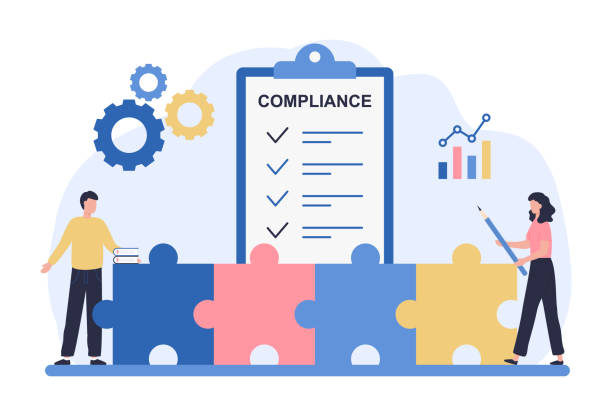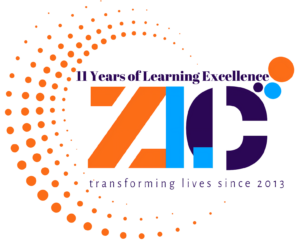
4 Ways to Have a Successful Compliance Training
Compliance training used to be an afterthought once upon a time. Once a year the HR department was given the task of informing the workforce about the latest government policies. However, the sheer volume of government regulation and enforcement has made compliance training to the forefront. An organization can have all the policies and procedures in place, but if they are not understood properly by the workforce, and do not bring about a change of behavior, then what’s the point?
Other factors have also contributed to the increased importance of compliance training. The management gradually came to realize the price of not giving due importance to compliance training can have various far-reaching consequences such as huge monetary penalties or loss of reputation.
A recent survey conducted by Thomson Reuters found that many banks have paid more than $204 billion in fines and settlements since the financial crisis as personnel failed to comply with rules to protect client assets. On the home front, compliance training has proven to be the need of the hour as well. According to a 2019 statement issued by R.K Jain the RBI Deputy Governor in charge of banking supervision, the compliance culture in the Indian banks was ‘far from satisfactory. That was also the year banks faced penalties worth 123 crore INR.
What is Compliance Training?
Compliance training is making employees aware of the laws and regulations pertaining to their job role or sector. These laws are established to promote safety in the workplace and protect the worker’s life, rights, and dignity. Compliance training is mandatory as it helps the management minimize risk, promote employee well-being and boost productivity in the long run. Some examples of compliance training include Workplace Safety Training, Awareness about Workplace Violence, Information Security Training, Anti-Harassment Training, etc.
How to Ensure Your Compliance Training Stays Up-to-Date?
Involve the Leadership
If the management wants to ensure that the workforce receives in-depth compliance training then the training process should not be left to only the Learning & Development team. Each of the department heads should be asked about the latest regulations of their industry and the appropriate ways of training. The key people- the organizational leaders should also be consulted as compliance culture is essentially a top-down process and its effectiveness will require commitment from the top management to individual employees.
Make Sure Training Content is revised frequently
Compliance training is essentially useless if it is not based on the latest policies/regulations. Learning & Development managers should make sure the training material is based on the latest regulations. Instructors and instrumental designers should also be flexible enough to change training content promptly if they get information about any new statutes.
Ensure The Training Process is engaging
In general, the L&D process has to prioritize audience/learner engagement as distracted/bored participants fail to absorb new information/knowledge effectively. But in this particular case, extra care has to be taken when it comes to learner engagement a compliance training content can get very dry and monotonous. Instructors can boost audience engagement by making the training content language lucid. They should also use real-life examples to support training modules. Other ways the compliance training process can be made more entertaining:
Use the element of personalization. For example, if employees are attending a class on how to resolve conflict of interest, you can use an element of gamification to make the learning process more fun. The participant can choose an avatar to be part of the game and interact with fictitious characters experiencing certain challenges. He/she can pose as an expert, hired to solve said challenges.
Instead of using only text-based presentations, you can use colorful infographics so that information can be relayed in a fun and succinct manner.
Tie Compliance Training to Employee Assessment
All the training in the world cannot bring about the desired change in behavior if it is not integrated with performance review and appraisal. So compliance training should always be accompanied by policy review and employee assessment tests.
Reward Ethical Behaviour
Humans are fallible beings. Unless they are held accountable for their actions or given incentives you can never be sure that your employees take ethical behavior at the workplace seriously. To encourage your team to be more ethical, make sure to publicly acknowledge and reward ethical behavior. Make ethical behavior an important criterion for promotion. At the same time make sure to publicly call out or penalize unethical behavior even if that is taken in the ‘interests of the organization’.
